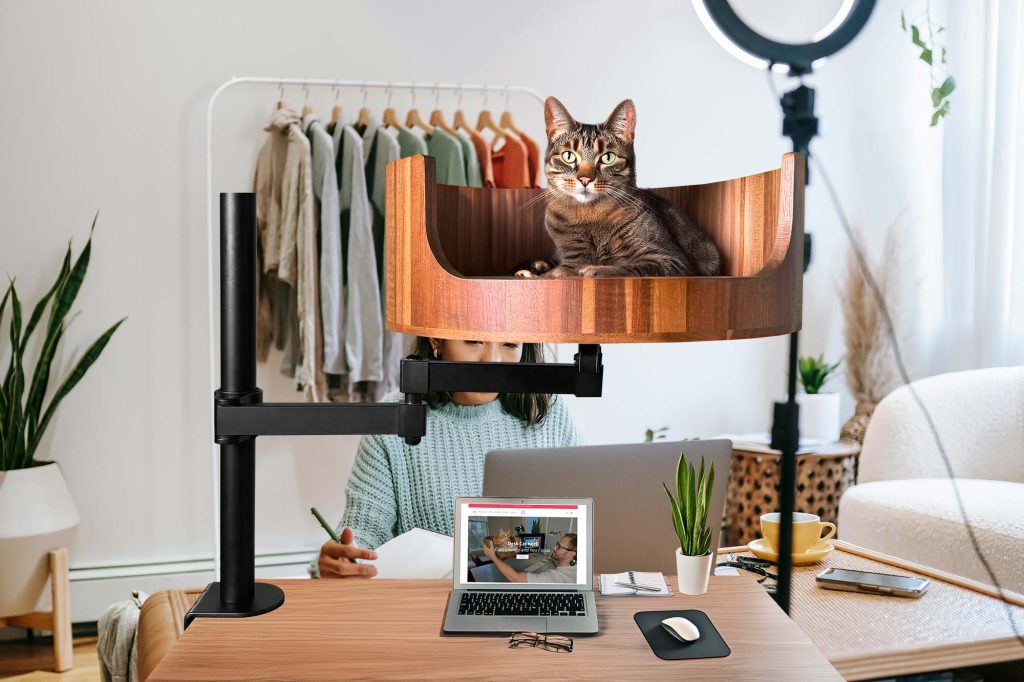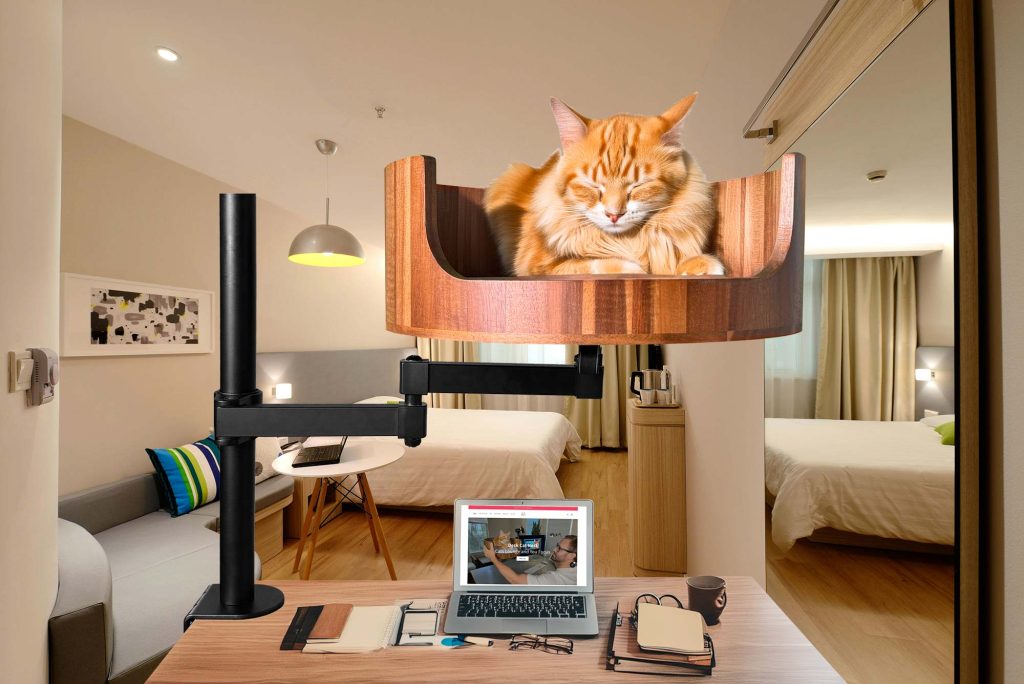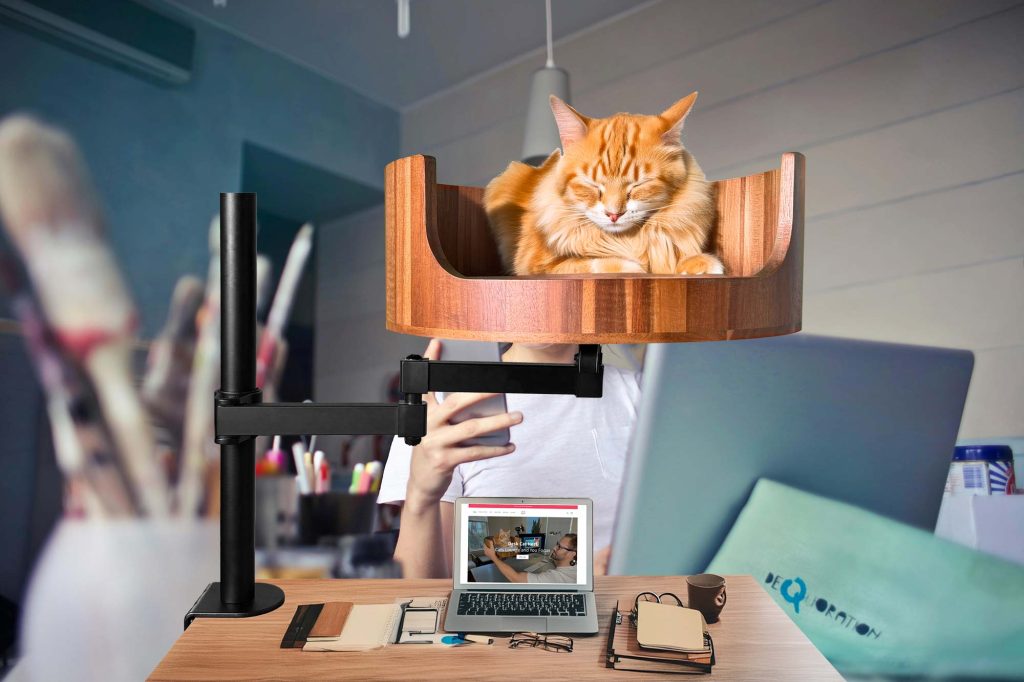Have you ever wondered why cats bite during playtime? In Desk Cat Nest’s latest article, we explore the complex world of feline behavior and care, focusing on the common but often misunderstood behavior of biting. As beloved companions in many households, it is important to understand why cats exhibit certain behaviors in order to provide them with the best care possible.
In this comprehensive guide, we will delve into the reasons behind why cats bite, whether it be during play, while being petted, or in other situations. From exploring the natural instincts of cats to understanding their body language, we will provide insights into how to interpret and respond to your cat’s behavior. Additionally, we will discuss strategies for preventing and managing biting behavior, as well as tips for fostering a healthy and happy relationship with your feline friend. Stay tuned as we unravel the mysteries of feline behavior and delve into the world of cat care.
1. Cats may bite as a form of communication or play, not necessarily out of aggression.
2. Understanding feline body language can help interpret their moods and prevent biting incidents.
3. Providing appropriate outlets for play and exercise can reduce the likelihood of biting behavior.
4. Establishing regular grooming routines can maintain your cat’s comfort and reduce the risk of defensive biting.
5. Consulting a veterinarian or animal behaviorist can help address any underlying issues causing biting behavior in cats.
Understanding Feline Behavior
Cats communicate through body language and behavior, and biting is one of the ways they express themselves. Understanding why your cat bites can help you respond appropriately. It’s essential to differentiate between playful biting, aggressive biting, and defensive biting. Playful biting is often accompanied by other playful behaviors like chasing or pouncing, while aggressive biting tends to be sudden and without warning. Defensive biting usually occurs when a cat feels threatened or scared.
Reasons Cats Bite
There are various reasons why cats may bite, including play aggression, overstimulation, fear, or pain. Play aggression is common among kittens who are learning how to control their bite strength. Overstimulation can happen when a cat is petted for too long or in a sensitive spot. Fear-based biting is a defensive response to a perceived threat, while biting due to pain can be a sign of an underlying health issue.
Proper Cat Care and Training
Preventing biting behavior requires consistent training and proper care. It’s essential to provide your cat with enough mental and physical stimulation to prevent boredom and potential aggression. By creating a stimulating environment with toys, scratching posts, and interactive playtime, you can redirect your cat’s energy away from biting. Additionally, positive reinforcement training can help teach your cat acceptable behavior and discourage biting. If your cat continues to bite despite training efforts, consulting with a veterinarian or animal behaviorist may be necessary to address any underlying issues.
Frequently Asked Questions
How can the Desk Cat Nest help with my cat’s biting behavior?
The Desk Cat Nest provides a comfortable and safe space for your cat to retreat to when feeling stressed, anxious, or playful. By allowing your cat to have its own designated space, it can help reduce the likelihood of it lashing out through biting.
Is the Desk Cat Nest easy to assemble?
Yes, the Desk Cat Nest is designed to be simple and straightforward to assemble. It comes with clear instructions and all the necessary tools for installation.
Can the Desk Cat Nest be used for multiple cats?
Yes, the Desk Cat Nest is spacious enough to accommodate multiple cats. However, it’s always a good idea to monitor your cats’ behavior when sharing a space to ensure they are all getting along.
Will the Desk Cat Nest fit on any desk?
The Desk Cat Nest is designed to be adjustable and can fit on most desks. However, it’s always a good idea to measure your desk space before ordering to ensure it will fit properly.
How can I train my cat to use the Desk Cat Nest instead of biting?
It’s important to encourage and reward your cat for using the Desk Cat Nest. Place treats or toys inside the nest to entice your cat to explore and use it. Consistency and positive reinforcement are key to training your cat to use the nest instead of biting.
In conclusion, investing in a Desk Cat Bed is a smart choice for curbing your cat’s biting behavior. This cozy and comfortable bed provides a designated space for your feline friend to lounge and relax, reducing the likelihood of them resorting to biting out of boredom or stress. By offering a safe and cozy spot for your cat to rest, the Desk Cat Bed not only promotes better behavior but also enhances their overall well-being. Say goodbye to unwanted biting incidents and say hello to a happier and more content kitty with the Desk Cat Bed.


